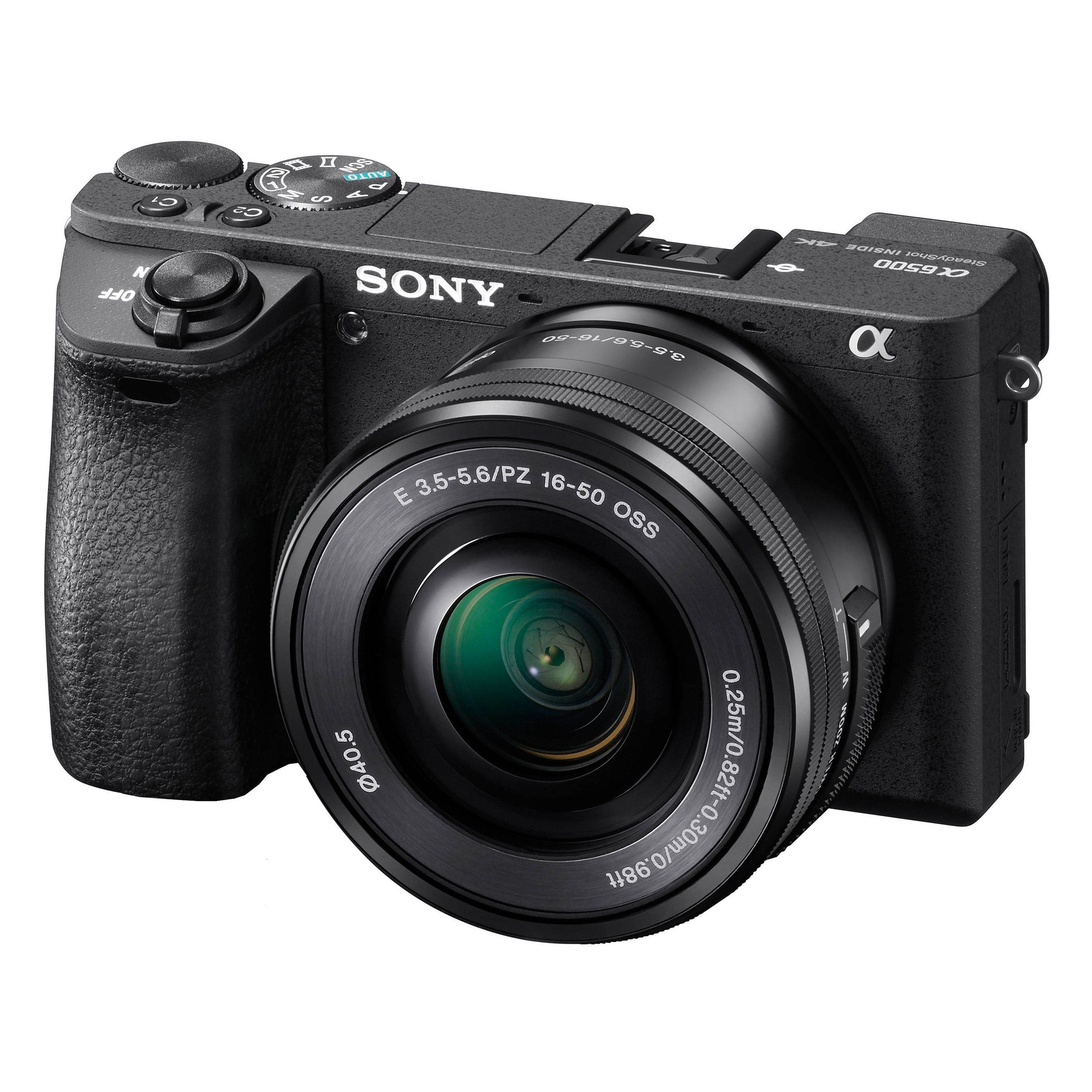


It's actually replicating the functionality of those more exotic, invasive sensors! Here, the lowly camera isn't just doing something impressive. One group Borenstein mentions is using cameras to monitor infants' heart rates through their skin. A little smarter, a little more personal. Along with Simplicam, another security camera that announced new facial recognition component at CES, you can see it as the logical next step for the home monitoring product category. Netatmo's camera will surely appeal to anxious homeowners and fretful parents. In the demo I saw, the HD video looked crisp, the field of view was wide, and the software seemed to be locking in on faces quickly and accurately as other attendees ambled by. It stores video locally, instead of in the cloud, which some will find reassuring. You can set it to ping your phone, for example, whenever your kids get home from school.


Instead of just recording video for you to watch later, or alerting you vaguely when it detects "activity" in the home, the Welcome uses proprietary computer vision algorithms to figure out who's actually coming and going. One standout is the forthcoming Netatmo Welcome, one of the first home security cameras with built-in face recognition. Some of these are uninspired Dropcam wanna-bes. A stroll through the area of the CES expo floor dedicated to smart home devices reveals a somewhat more sober picture: A handful or internet-connected locks, a bunch of thermostats, heaps of smartphone-controlled lightbulbs, and cameras. The soft-focus smart home fantasy we're sold is one where all of our things-our TVs, our light bulbs, our front doors, our coffee pots-connect happily and effortlessly to each other and to our mobile devices. Eventually, it could become the real brains of the smart home. The humble camera, paired with increasingly sophisticated computer vision, could be capable of some very interesting things. In fact, some of the most compelling "smart home" products at this year's show rely on a totally mundane sensor: the camera. You don't see the same sensor explosion with the internet of things stuff. These gizmos don't just want to count your steps they hope to peer into your skin, your muscles, your brain, your blood. Always room for crazy-ass TVs!) Among the wearables, many are taking advantage of exotic, cutting-edge sensors. LAS VEGAS, NEVADA-The twin fixations of CES this year are, to no one's surprise, wearable technology and the internet of things.


 0 kommentar(er)
0 kommentar(er)
